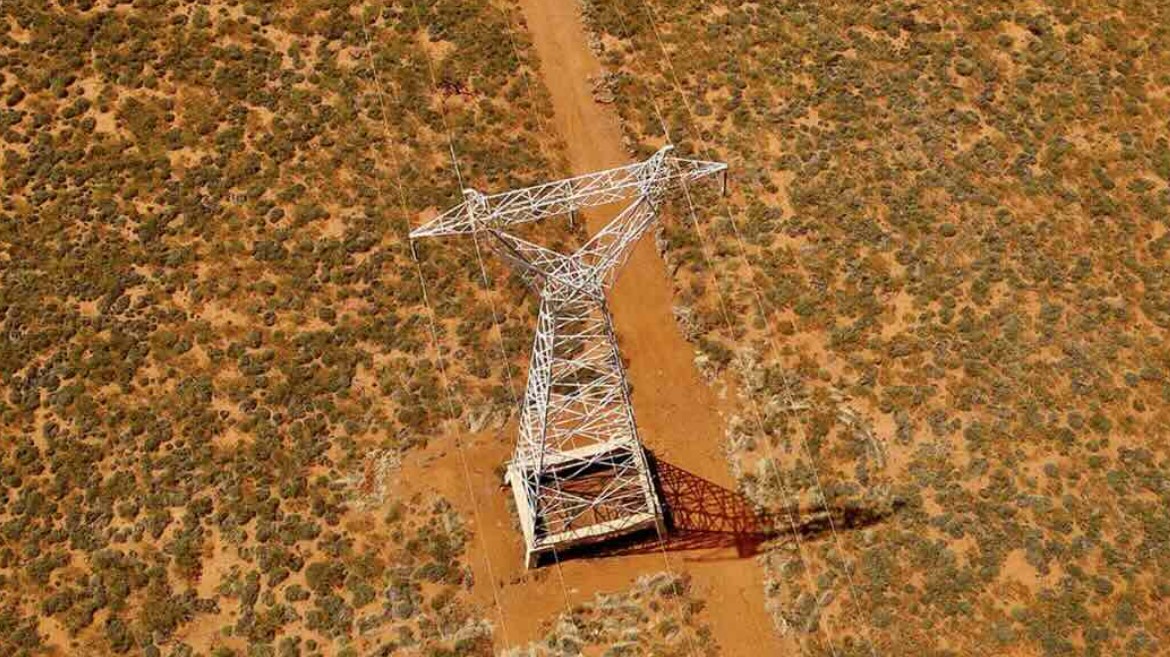“We went too quickly:” BP defends dramatic renewable exit as Fortescue accelerates to net zero

The head of BP Australia, the local offshoot of the global fossil fuel giant, has defended the decision to quit the giant 26 gigawatt (GW) renewable energy project in the Pilbara, saying its customers were not moving quick enough to justify its continued interest.
The comments by BP Australia boss Lucy Nation contrasted sharply with those of Fortescue CEO Dino Otranto, sitting next to her at a panel at the Australian Clean Energy Summit on Wednesday, who underlined the company’s determination to lead the world to “real zero” – a target it intends to reach for its giant Pilbara mines by 2030.
“We want to be the first to show the world it’s actually possible to decarbonise a huge, heavy emitter,” Otranto said. And the size and scale of our undertaking will demonstrate to large businesses, but also small countries, that it is actually possible to do it economically.”
“In 2020 BP put out a very bold new strategy to really go hard and fast on what we know is a very urgent and complex energy transition,” Nation said.
“I think what we’ve learned since 2020 is that we reallywent faster than many of our customers were ready for, and we went faster than many of governments in the jurisdictions that we were working in were ready for. And so therefore we’ve had to reset the strategy and regroup.”
AREH was being designed as a two-stage project, the first to meet domestic power needs, and particularly for the iron ore giants in the Pilbara – Fortescue, BHP, Rio Tinto, and Gina Rineharts Hancock – and the second for hydrogen projects in the Pilbara.
Nation said the decision to quit the project was “gut-wrenching”, because of its ability to deliver clean, lower cost power, and its ability to be developed quickly. But she said the customers had changed their timelines, and that didn’t fit within the strategic timeframe for BP.
“The world needs it, and it can produce power for in the Pilbara in relatively short timeframe, given that it’s got all the environmental approvals it needs and the indigenous land use agreements, etc, are all in place, and it can produce power well below, well well below the marginal cost of power in the Pilbara.
“But the customer timelines have all moved significantly to the right, and that’s the piece which has taken it out of the funding frame for BP.”
Nation didn’t identify the customers, but there are no prizes for guessing that they would be one of, or more, of the big iron ore miners – BHP, Rio, or – less likely – Hancock – which appears in no hurry to engage in major emission reduction projects.
Fortescue was not one of its proposed customers. Otranto said Fortescue is developing its own portfolio of renewable and storage projects, some 3 GW of wind, solar and battery storage, and its own transmission line. “We didn’t factor in an off-take from AREH,” Otranto says.
The conversation was significant because it speaks to some of the fundamental issues in the green energy transition in Australia and around the world.
The Pilbara accounts for 40 per cent of Western Australia’s emissions, and by some counts 20 per cent of Australia’s – and until recently had the lowest penetration of renewable in the country – just two per cent. And, of course, it is a major source of Australia’s wealth.
Jorn Hammer from Copenhagen Infrastructure Partners, the world’s biggest clean energy fund that is behind the Murchison Renewable Hub further to the south that has landed funding under the federal government’s hydrogen headstart program, also lamented the lack of local demand.
Hammer said that the Murchison project could be underway already had it managed to secure some local off-take agreements, but they are yet to emerge.
“Our longer term target is south-east Asia, he said. “If we had a domestic market the first stage would be up already. But we have to wait for export market to develop.”
More information: https://reneweconomy.com.au/we-went-too-quickly-bp-defends-dramatic-renewable-exit-as-fortescue-accelerates-to-net-zero/


